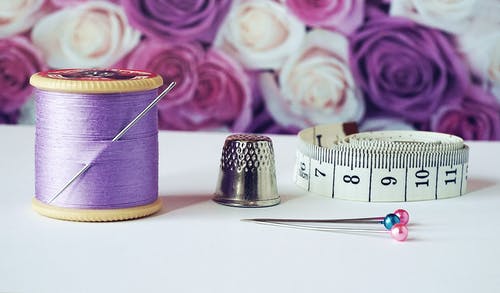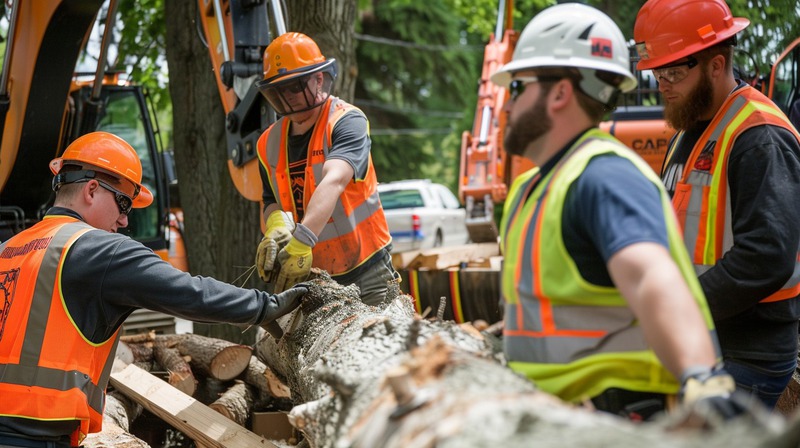Given the rainbow of options, how do you choose which yarn to use for your upcoming knitting project? There is no need to look further than the label to obtain all the necessary information.
What type of yarn is recommended for beginners?
The majority of novice knitters will use thick wool yarn and large needles. Although novelty yarns can be challenging to work with, yarn type has little bearing on the difficulty of knitting. Wool is readily available from an online yarn shop, inexpensive yarn that is simple to work with.
Beginners can begin by using simple knitting patterns and yarn recommended by designers. After experimenting with a few patterns to determine how different fiber types feel when knitted, you can begin to substitute yarns.
What is yarn?
Animal fibers such as wool, mohair, and angora are typically used to create yarn. Additionally, yarn is frequently made from plant fibers like cotton, hemp, and silk (polyester, nylon, rayon). These tangled fibers are spun into thicker filaments called plies.
Weight Categories
The number of plies affects the yarn’s drape, stitch definition, and overall texture (for instance, single-ply vs. two-ply yarn). The number of plies considers the following categories:
Category 0: Lace (Approximately equal to 1 ply).
You can use this lightest weight to create doilies and other delicate lace designs. Therefore, handle it with care to prevent tangling or breaking.
Categories 1–3: Super Fine, Fine, and Light (Approximately equal to 2-5 ply).
Fingering sock yarn is suitable for small items such as socks, gloves, hats, or clothing for infants and children. Cast with care both on and off the water. “Sport weight” yarn refers to an especially fine yarn.
Category 4: Medium (Approximately equivalent to 8–10 ply).
This weight, also known as “worsted,” is preferred by knitters of all skill levels due to its superior stitch definition in sweaters, scarves, hats, and gloves. With this weight of traditional Aran yarn, chunky knitting stitches can increase the fiber’s warmth.
Categories 5 and 6: Bulky and Super Bulky (Approximately equivalent to 12-14 ply).
This yarn weight allows for quick knitting on large needles. Consider thick throws, blankets, and scarves. This type of yarn can be used by both novice and experienced knitters who wish to create a one-of-a-kind item—knit with large, loose stitches for maximum loft. Unevenly spun yarn, such as boucle, chenille, or slubby yarn, will produce knits with poor stitch definition and uneven texture.
Identifying the Label
Each yarn’s label contains the fiber content, weight, quantity, care instructions, needle size recommendation, gauge, and dye lot number.
Fiber Content
It describes the yarn’s composition: 5% alpaca, 5% cashmere, and 90% merino wool.
Weight
Wraps per inch are a standard unit for the yarn’s overall thickness (WPI). Also essential is the ply count, which can range from the lightest to the heaviest weights (usually between 1-ply and 14-ply). These symbols currently influence how categories are divided in the United States.
Amount
The total length of the yarn is in yards and ounces.
Dye-lot Numbers
It specifies the hue of the yarn. When making multiple purchases, ensure that the quantities correspond. Even if two balls of yarn appear to be the same color, the resulting knitted object will be slightly different.
Care Guidelines
This section contains instructions for washing and drying your knitted item.
Standard needle and yarn gauges
The number of stitches and rows worked determines the yarn gauge.
What type of yarn to select for your project?
Select the yarn that is most appropriate for your project. Frequently, yarn weight and needle size recommendations are included in the instructions. Because altering the yarn can substantially affect the outcome of the pattern, use the recommended yarn or an exact substitute.
Conclusion
Consider whether you want your knitted item to be machine-washable before you begin knitting from your design. Is it designed to keep you warm during winter or cool during summer? What is the size and shape of the item? Winter mittens made of resilient merino wool are an excellent choice, as is a rosette-shaped mohair scarf. You are solely responsible for crafting the ideal knitted item.






